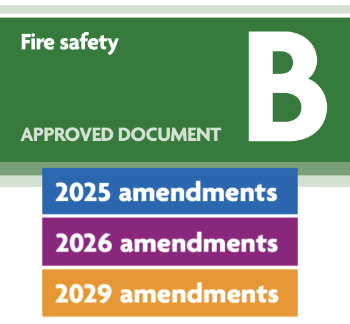Visual amenity
The term ‘visual amenity’ refers to the views and surroundings that create the backdrop to an area.
A Residential Visual Amenity Assessment (RVAA) assesses the potential visual impact of a development on the residential amenity of property.
Guidance on the preparation of Landscape and Visual Impact Assessments is available in GLVIA 3, Guidelines for Landscape and Visual Impact Assessment, Third Edition, published by the Landscape Institute and Institute of Environmental Management and Assessment in 2013.
Additional guidance is available in Landscape Institute technical guidance note TGN 02/2019 at https://landscapewpstorage01.blob.core.windows.net/www-landscapeinstitute-org/2019/03/tgn-02-2019-rvaa.pdf
NB High Speed Rail (Crewe – Manchester) Environmental Statement, Glossary, abbreviations and references, published by the Department for Transport in 2022, defines visual amenity as: ‘The enjoyment or benefit that people derive from a particular view or area in terms of what is seen. When a landscape (or townscape) is changed in some way, the change will be seen by people - often by several different groups of people i.e. visual receptors - and this may affect their views and their visual amenity overall.’
[edit] Related articles on Designing Buildings
- Ecological impact assessment.
- Ecological survey.
- Environmental impact assessment.
- Green belt.
- Historic Landscape Characterisation.
- Historic Land-use Assessment.
- In-combination effects.
- Landscape and Visual Appraisal.
- Landscape and Visual Impact Assessment.
- Landscape architect.
- Landscape character.
- Landscape Institute.
- Landscape officer.
- Legibility.
- Natural area.
- Strategic ecology framework SEF.
Featured articles and news
Designing for neurodiversity: driving change for the better
Accessible inclusive design translated into reality.
RIBA detailed response to Grenfell Inquiry Phase 2 report
Briefing notes following its initial 4 September response.
Approved Document B: Fire Safety from March
Current and future changes with historical documentation.
A New Year, a new look for BSRIA
As phase 1 of the BSRIA Living Laboratory is completed.
A must-attend event for the architecture industry.
Caroline Gumble to step down as CIOB CEO in 2025
After transformative tenure take on a leadership role within the engineering sector.
RIDDOR and the provisional statistics for 2023 / 2024
Work related deaths; over 50 percent from constructuon and 50 percent recorded as fall from height.
Solar PV company fined for health and safety failure
Work at height not properly planned and failure to take suitable steps to prevent a fall.
The term value when assessing the viability of developments
Consultation on the compulsory purchase process, compensation reforms and potential removal of hope value.
Trees are part of the history of how places have developed.
The increasing costs of repair and remediation
Highlighted by regulator of social housing, as acceleration plan continues.
Free topic guide on mould in buildings
The new TG 26/2024 published by BSRIA.
Greater control for LAs over private rental selective licensing
A brief explanation of changes with the NRLA response.
Practice costs for architectural technologists
Salary standards and working out what you’re worth.
The Health and Safety Executive at 50
And over 200 years of Operational Safety and Health.
Thermal imaging surveys a brief intro
Thermal Imaging of Buildings; a pocket guide BG 72/2017.























Comments
[edit] To make a comment about this article, click 'Add a comment' above. Separate your comments from any existing comments by inserting a horizontal line.